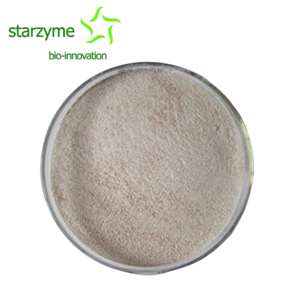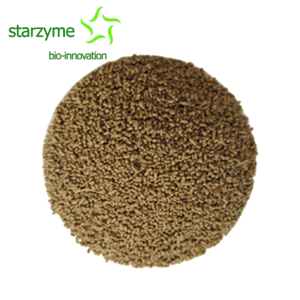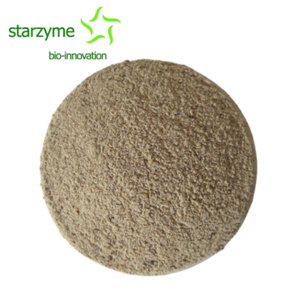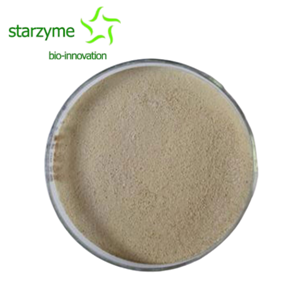Bacillus amyloliquefaciens: Application in Swine and Cattle
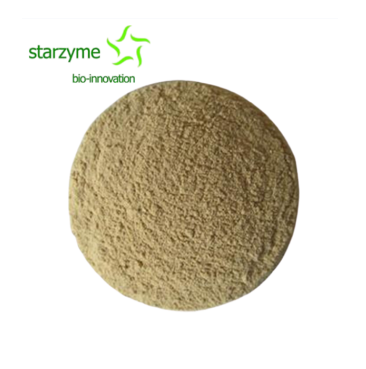
Application in Pig Farming
In order to reduce the use of antibiotics, some scholars have isolated Bacillus amyloliquefaciens (Ba.) from plants, soil, and animal feces, which have inhibitory effects on pathogenic bacteria, and used them in pig feed. It was found that the addition of Bacillus amyloliquefaciens increased pig weight gain and regulated the disease resistance of cells and piglets. Ji Jian et al. found through experiments that replacing 50% of antibiotics with Bacillus amyloliquefaciens SC06 strain can reduce the diarrhea rate of weaned piglets, improve their growth performance, effectively regulate the microbial community structure of the pig intestinal tract, and prevent or alleviate liver damage caused by guitarimycin in pigs. The author also conducted in-depth research on the effect of Ba. on the pre inflammatory response of IPEC-1 cells induced by enterotoxigenic Escherichia coli (ETEC) and diarrhea in weaned piglets.
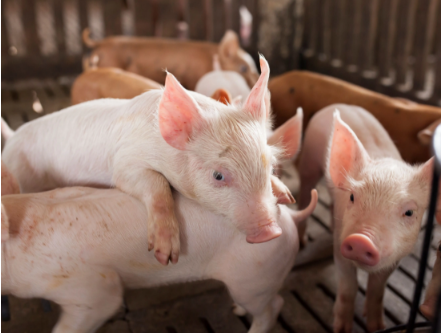
The results showed that the secretion of IL-6, IL-8, TNF - α, and IL - α by IPEC-1 cells co cultured with ETEC was significantly increased. However, the expression levels of genes above IPEC-1 cells pretreated with Ba. for 24 hours before inoculation with ETEC decreased, and the expression of ERK1/2, p38, and JNK in IPEC-1 cells activated by ETEC was also weakened after pretreatment with Bacillus amyloliquefaciens. In vivo experiments showed that compared with the control group, adding Bacillus amyloliquefaciens to the diet increased body weight by 11.85% and reduced diarrhea rate by 79.17%. Larsen et al. isolated 245 strains of bacteria from fermented foods, feces, soil, and other sources in Africa. After conducting experiments on antibacterial activity, bile salt, pH 4.0 tolerance, resistance to pathogens, drug sensitivity, spore formation rate, biofilm formation, production of glycosyl hydrolases, spore heat resistance, and their effects on pig epithelial cell IPEC-J2, three types of Bacillus were screened, one of which is Ba.

Application in Cattle Farming
In cattle production, reports on Bacillus amyloliquefaciens mainly focus on separation and identification. Wang Xuan et al. isolated a strain of Ba. N-4 from the feces of healthy young cattle, which can tolerate 0.5% taurocholate. The diameter of the inhibition zone against Shigella reached 17.6 mm; Jiang Junpo et al. screened a strain of Ba. BN-9 with strong antibacterial activity using Escherichia coli as an indicator bacterium; Zhou Xin et al. isolated two strains of cellulose degrading Bacillus subtilis from a suspension of takin feces using carboxymethyl cellulose sodium as the sole carbon source. Further research is needed to investigate its effects in cattle.

